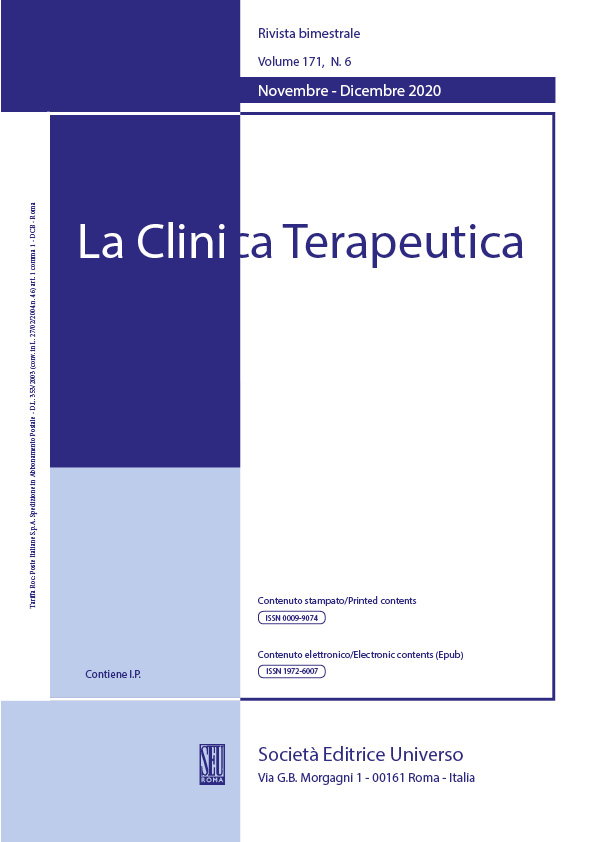Abstract
Background Tibial plateau fractures are clinically challenging intra-articular fractures. The fixation of posterolateral (PL) fragments in tibial plateau fractures is demanding. The aim of this study is to describe the clinical outcomes of a retrospective case series in which tibial plateau fractures were not treated with PL fragment osteosynthesis.
Methods In the present retrospective study, we included patients treated for tibial plateau fracture with PL fragment in our department between January 2016 to January 2020. All patients were seen at the outpatient clinic 2 and 5 weeks after surgery, and at 3, 6 and 12 months, and thereafter at regular intervals, depending on the overall clinical status. Every patient included in this study was then contacted by phone to assess self-reported clinical outcomes. The Oxford Knee Score (OKS) questionnaire was used to assess functional outcomes. Patients were divided in six groups depending on the three-column classification by Lou (groups A1-A6). Patients were also divided in four groups based on the whole area of the PL column and on the depression of the PL fragment (group B1-B4). One-way ANOVA was used to compare groups of patients.
Results OKS scores, surface and step-off of the PL fragment were analyzed in groups A1 – A6. No significant differences between OKS scores and step-off were found, while statistical difference was found between surfaces of PL fragment. No significant difference was found between OKS scores in groups B1-B4.
Conclusion Our findings suggest that the treatment outcome is influenced not only by the superficial involvement or collapse of PL fragments, but also by other variables, including BMI, pre-injury physical health, and age.
